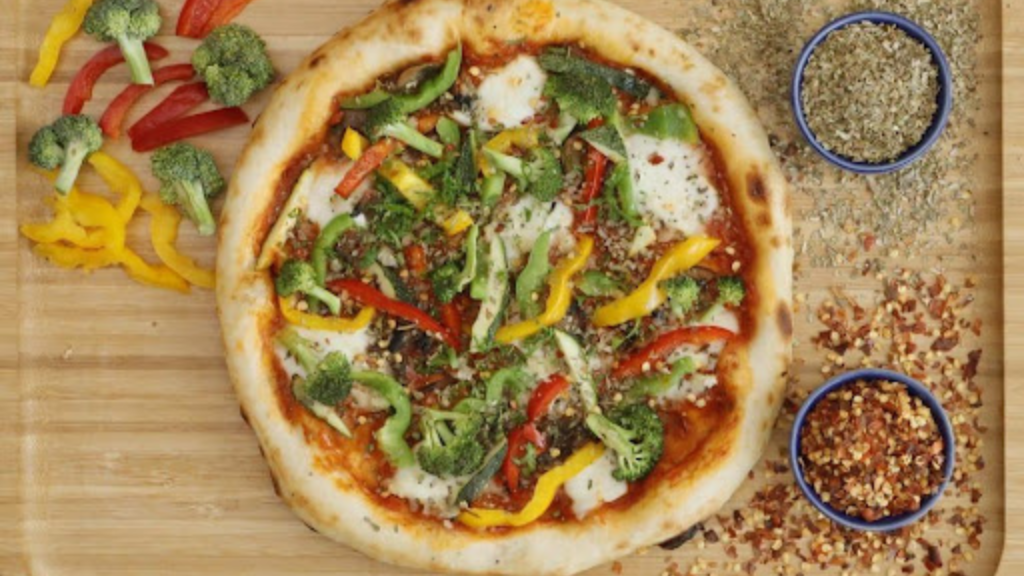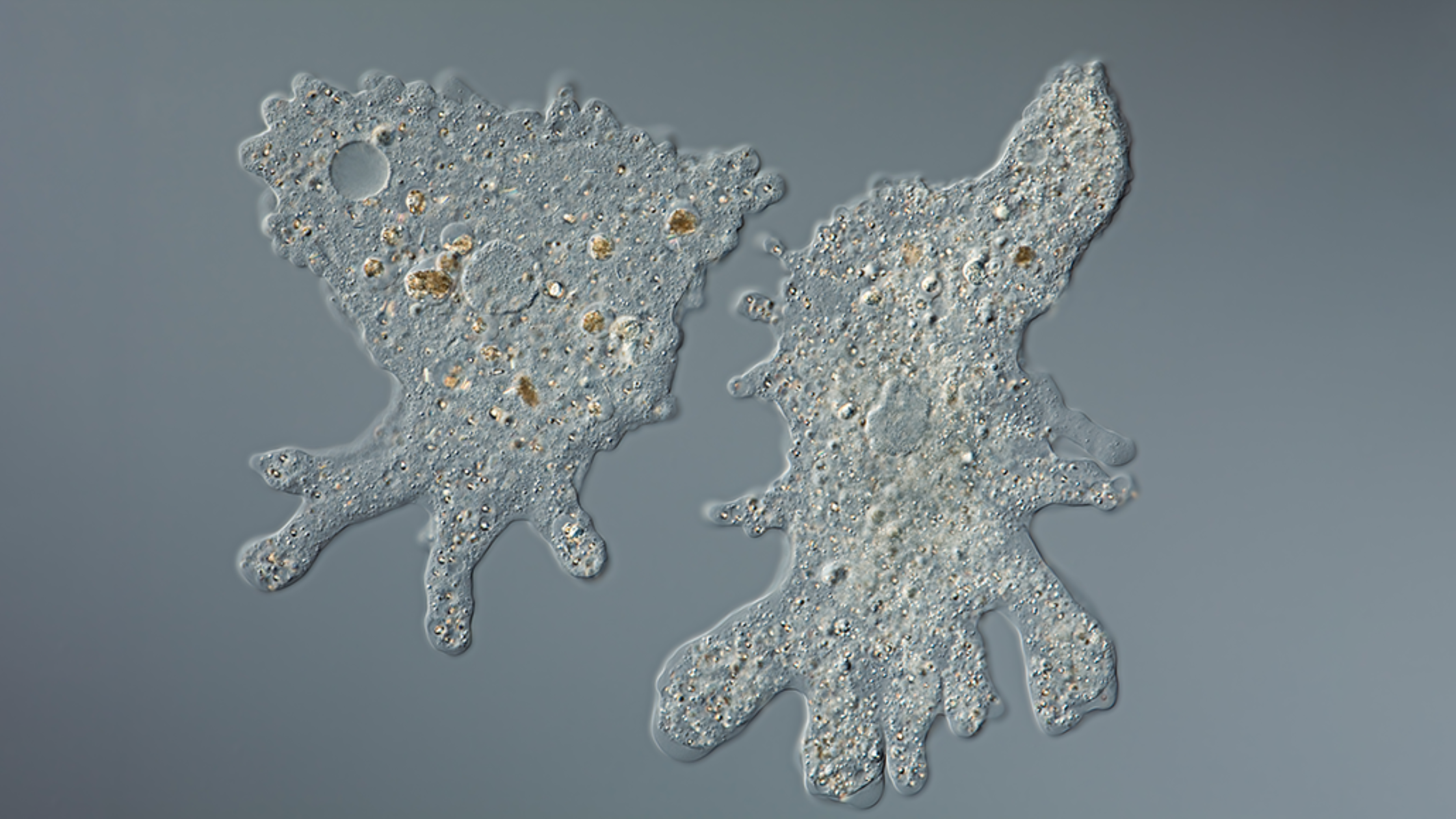Amoeba, the enigmatic single-celled creature, has mastered a fascinating feeding mechanism that sustains its survival and growth. In this article, we embark on a journey into the intricate world of Amoeba’s food acquisition process.
Unveiling the Intriguing Feeding Process of Amoeba
Amoeba, classified as a member of the kingdom Protista, has captivated scientists and enthusiasts alike with its unique feeding strategy. Despite its microscopic size, Amoeba demonstrates an astonishing ability to secure its nourishment from the surrounding environment.
The Dance of Pseudopodia: Step 1 of Amoeba’s Feeding
At the heart of Amoeba’s food acquisition lies the remarkable pseudopodia – temporary extensions of its cell membrane resembling flexible arms. These pseudopodia play a crucial role in the organism’s quest for sustenance.
When Amoeba senses the presence of potential food particles, it extends its pseudopodia toward the target. These pseudopodia surround and encircle the prey, effectively capturing it in a process reminiscent of a hunter ensnaring its quarry.
Step 2: Encapsulation – Safeguarding the Catch
Once the prey is ensnared within the pseudopodia, Amoeba initiates a process known as endocytosis. This involves the formation of a protective vesicle around the captured food. Imagine a tiny, cellular-scale bubble enveloping the morsel – this is Amoeba’s way of ensuring the safety of its meal.
Journey to the Food Vacuole: Step 3 of Amoeba’s Culinary Adventure
The encapsulated food, now ensconced within its cellular bubble, embarks on a voyage to the heart of Amoeba’s cytoplasm. Here, a specialized structure called the food vacuole is formed. The food vacuole serves as a digestion chamber where the real transformation begins.
Step 4: Digestion and Nutrient Assimilation – Amoeba’s Gourmet Delight
Within the confines of the food vacuole, powerful enzymes are unleashed. These enzymes break down the captured food into simpler, more manageable compounds. This process of enzymatic digestion gradually reduces the food to its basic nutrients.
Amoeba, always resourceful, ensures that nothing goes to waste. The nutrients resulting from digestion diffuse into the cell’s cytoplasm, ready to be harnessed for energy and growth.

The Significance of Amoeba’s Feeding Process
Amoeba’s feeding mechanism is a testament to its adaptability and survival instincts. In a world where competition for resources is fierce, Amoeba has evolved a strategy that enables it to thrive even in challenging conditions. This simple yet efficient process highlights the wonders of natural selection and the myriad ways life forms adapt to their surroundings.
Conclusion: A Microscopic Marvel
As we unravel the intricacies of Amoeba’s feeding process, we gain a deeper appreciation for the diversity of life on Earth. Amoeba’s journey from extending pseudopodia to absorbing nutrients is a reminder that even the tiniest organisms hold within them remarkable stories of resilience and evolution. So, the next time you gaze upon a droplet of water under the microscope, remember the awe-inspiring tale of Amoeba – a true culinary artist of the microscopic realm.
![]()

